After more than a century, the Yurok Tribe has reclaimed over 47,000 acres of ancestral land along California’s Klamath River. Once taken during the Gold Rush, this territory was sold to timber companies, cutting off access to sacred sites. Now, thanks to decades of advocacy and a $56 million deal, the Yurok have restored their bond with this sacred place. The return includes the culturally significant Blue Creek area, marking a powerful moment of justice and renewal. This land-back effort isn’t just about geography. It’s about healing, history, and reclaiming identity.
47,000 Acres of Ancestral Land Returned
The Yurok Tribe regained more than 47,000 acres, around 73 square miles, of ancestral land in Northern California. This historic land had been out of their hands since the 1800s, when it was seized and sold. Timber companies profited for decades while the tribe fought to reclaim their traditional homeland. After 23 years of determination and a major funding partnership, the land is finally back under Indigenous stewardship. It marks the largest tribal land return in California history and a major win for environmental and cultural restoration.
A Sacred Site Reclaimed
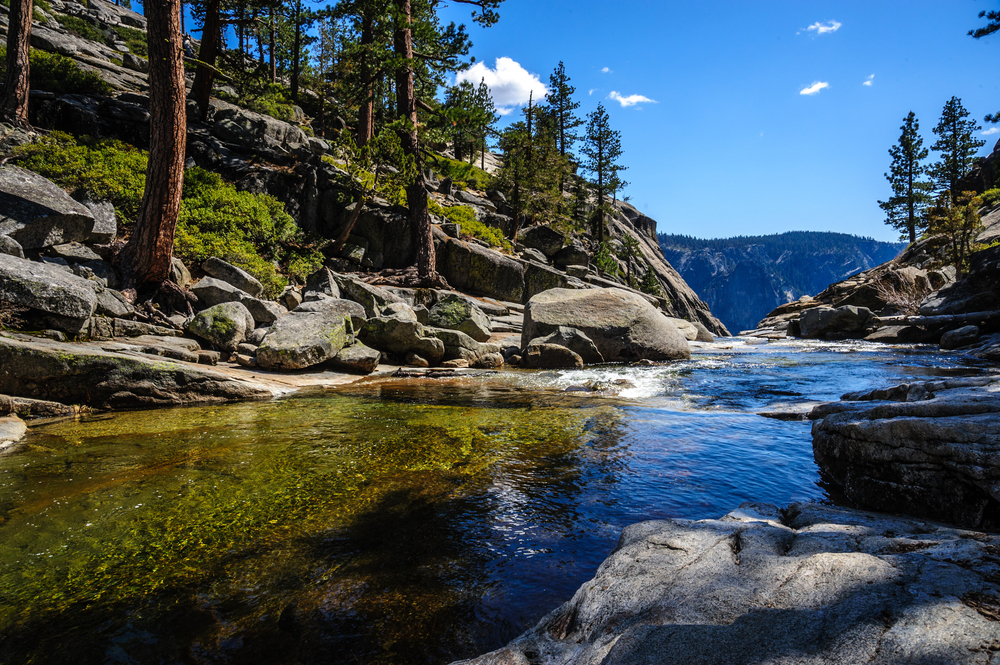
Blue Creek, now part of the Yurok Tribal Community Forest, lies at the heart of the tribe’s cultural and spiritual life. For generations, it was a gathering place for fishing, ceremony, and prayer. Industrial logging degraded the area, but the tribe has plans to restore its natural beauty. They will use native plants, clear invasive species, and support salmon recovery. The return of Blue Creek offers both ecological healing and spiritual reconnection.
Read More: Explore Ruins and Hike Through the Walnut Canyon National Monument
Land Back and the Return to Native Territory
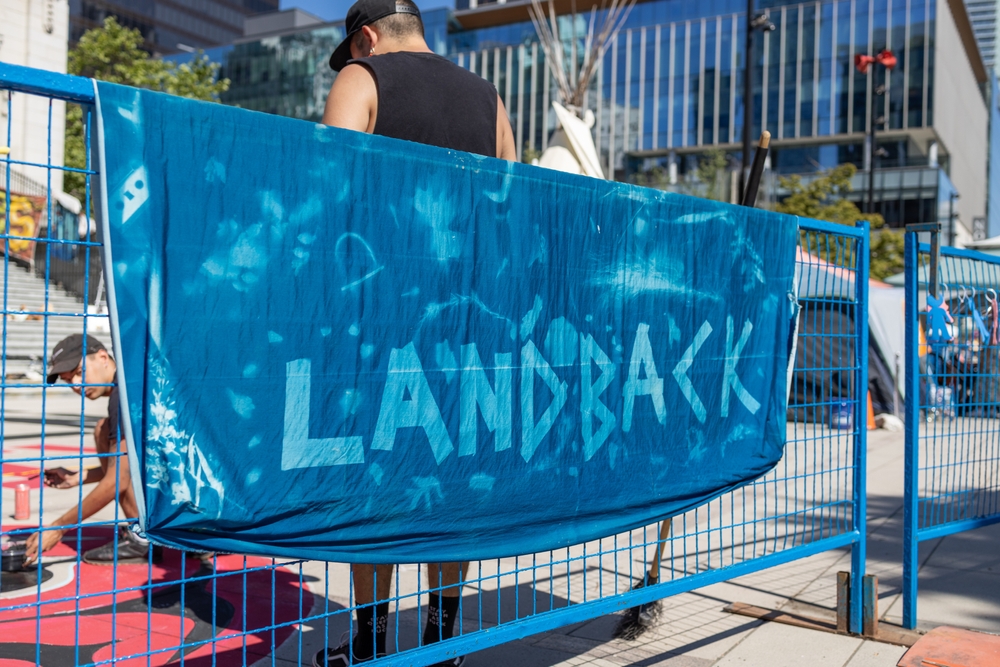
This victory is part of a growing Land Back movement across North America. Indigenous tribes are regaining ownership of their native territory, long taken through colonization. Over 4,700 square miles have been returned nationwide over the past decade. The Yurok case stands out due to its scale and symbolism. Beyond restoring legal control, it gives the tribe renewed access to sacred spaces and environmental leadership. Their success may inspire others seeking to reclaim their rightful land.
Environmental Restoration of Ancestral Land
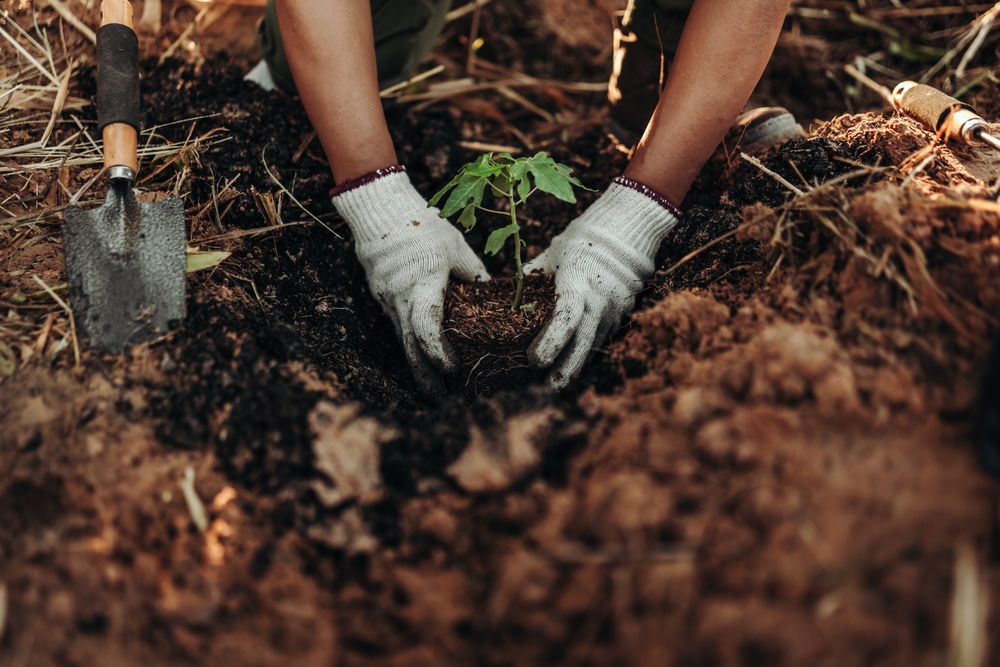
With control of their ancestral land restored, the Yurok Tribe is focused on healing it. Decades of logging caused erosion, pollution, and habitat loss. Now, the tribe is applying traditional ecological knowledge to repair the damage. They will reintroduce cultural fire practices, stabilize watersheds, and plant native trees. These efforts will revive the forest and protect wildlife. This restoration work also honors the deep spiritual relationship between the Yurok and their land.
Protecting Salmon for the Future
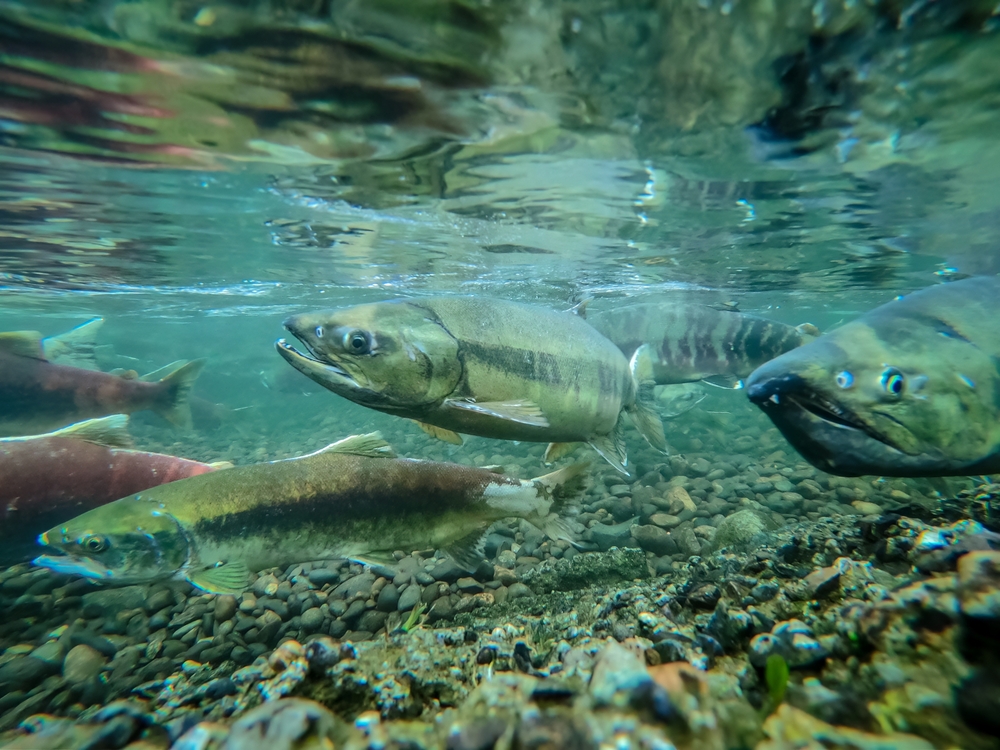
Salmon are a vital part of Yurok identity, diet, and ceremony. Logging and pollution devastated their habitat, especially in areas like Blue Creek. The tribe is rebuilding salmon runs by restoring stream flows, creating natural log jams, and opening blocked passages. These efforts will improve spawning conditions and bring back a key species. Protecting salmon also supports tribal fishing rights and balances the local ecosystem.
Teaching the Next Generation
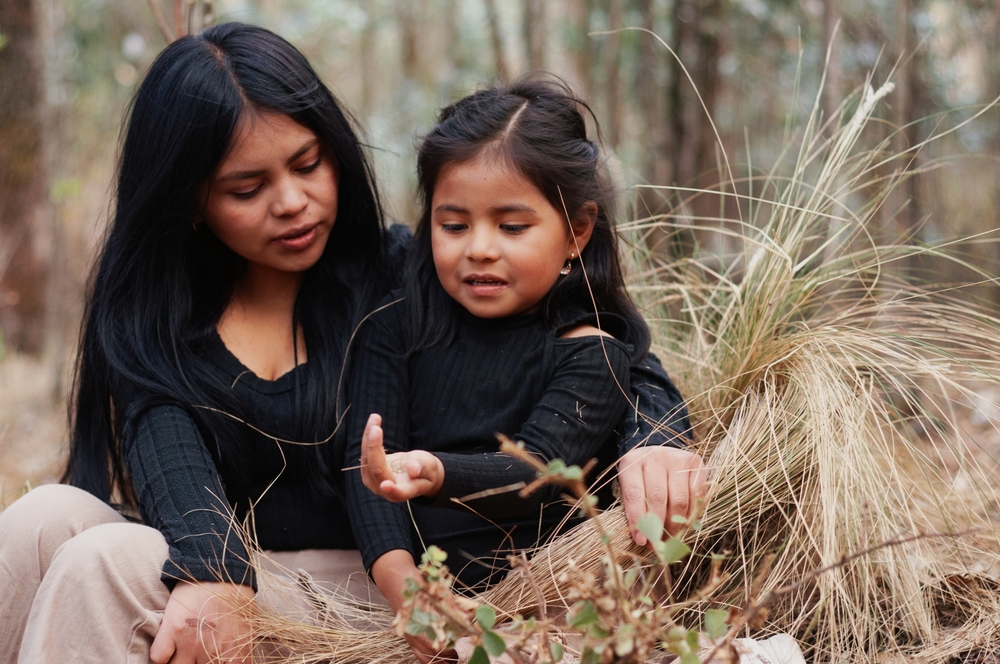
To keep their culture alive, the Yurok founded the Ancestral Guard, a youth program rooted in tradition. It teaches young members how to farm, fish, and care for their environment. They also learn about their history and responsibilities as caretakers of the land of the forefathers. These teachings connect the next generation to their roots while promoting food sovereignty and sustainability. The Ancestral Guard ensures that knowledge and stewardship are passed on with pride.
Read More: A student found an ancient village that’s 10,000 years older than the Pyramids
Reclaiming Wildlife on Ancestral Land
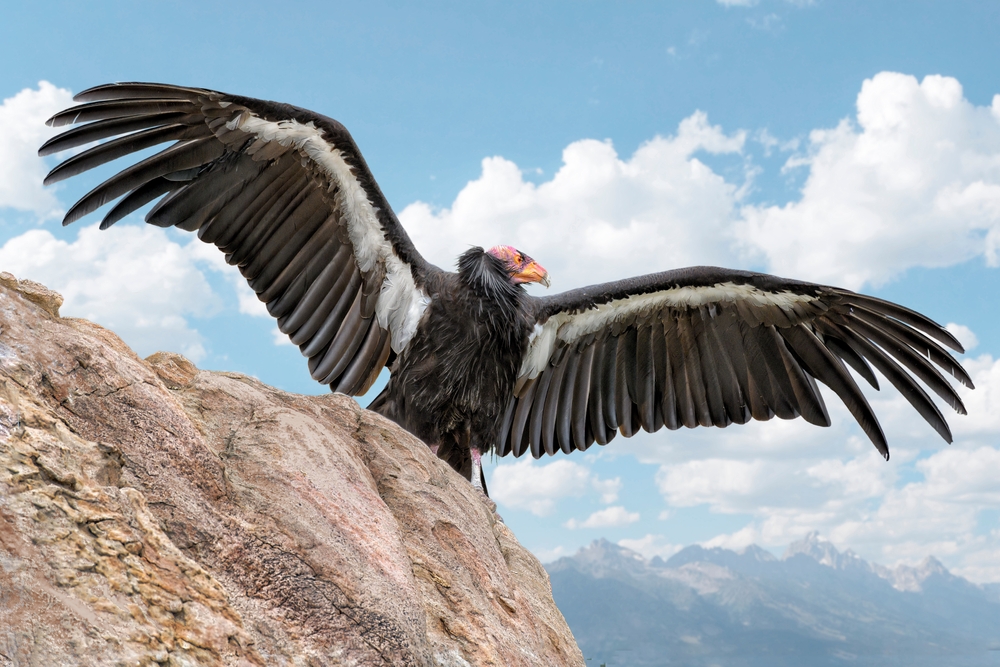
The return of ancestral land also supports wildlife revival. The Yurok are leading efforts to reintroduce the California condor, known as “prey-go-neesh.” This sacred bird had disappeared from the region for decades. With tribal leadership, condors are now soaring again over redwood forests. The Yurok are restoring habitat, monitoring populations, and educating the community. The return of the condor symbolizes healing for both nature and culture.
Restoring a Traditional Homeland

For the Yurok, land is more than property. It is their traditional homeland. Places like Blue Creek carry generations of memory, prayer, and ceremony. In the past, visiting these sites often meant breaking laws or risking fines. Now, the tribe can freely gather, worship, and teach their traditions without fear. This reconnection deepens cultural pride and supports spiritual wellbeing for tribal members of all ages.
Climate Resilience Through Indigenous Knowledge
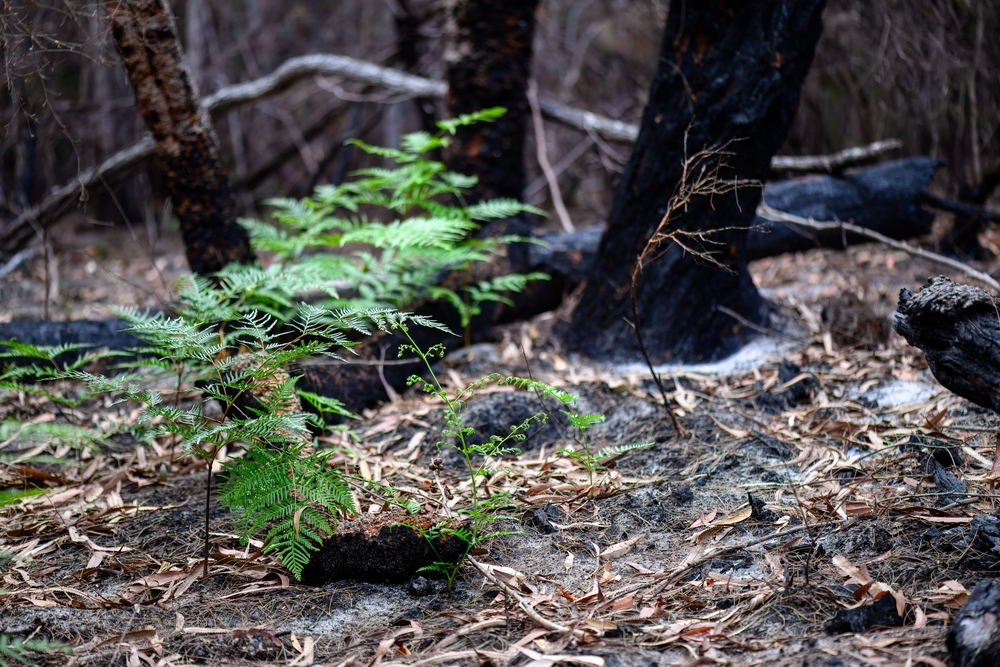
Indigenous land management practices often outperform conventional methods when it comes to conservation. The Yurok’s ecological approach combines cultural knowledge with modern science. Their work helps store carbon, control erosion, and preserve biodiversity. By reclaiming their native territory, the Yurok also create a climate-resilient model for others to follow. Their restoration efforts protect both cultural heritage and ecological health.
Read More: Some Pacific Islanders Have DNA Not Linked To Any Known Human Ancestor
Generational Healing Through Ancestral Land
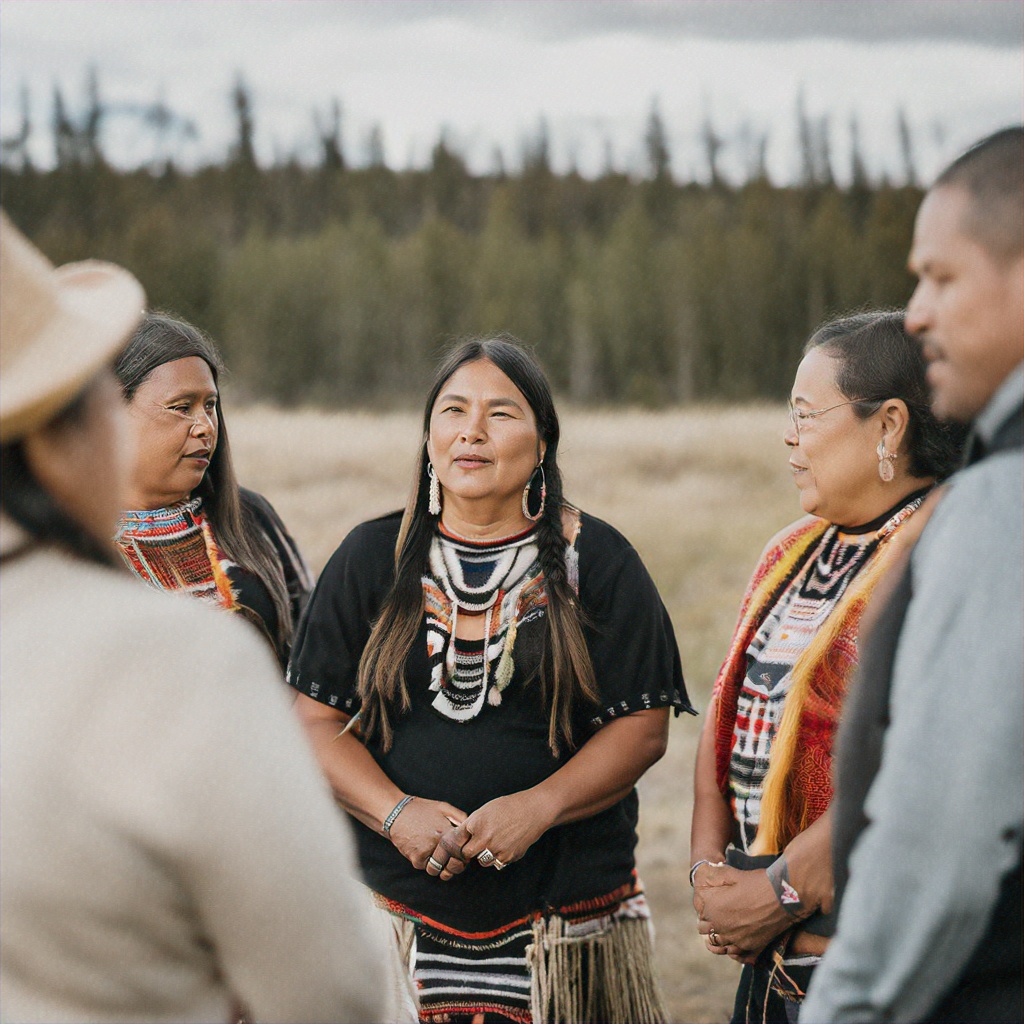
Losing ancestral land created long-term trauma for the Yurok people. Families were cut off from their traditions, and entire generations grew up without access to sacred places. Now, that healing can begin. The return of this land allows elders to pass on stories, children to connect with their identity, and the tribe to rebuild with dignity. Ancestral land is more than soil. It is the foundation of culture, memory, and belonging.
What’s Next for the Tribe and Their Homeland?
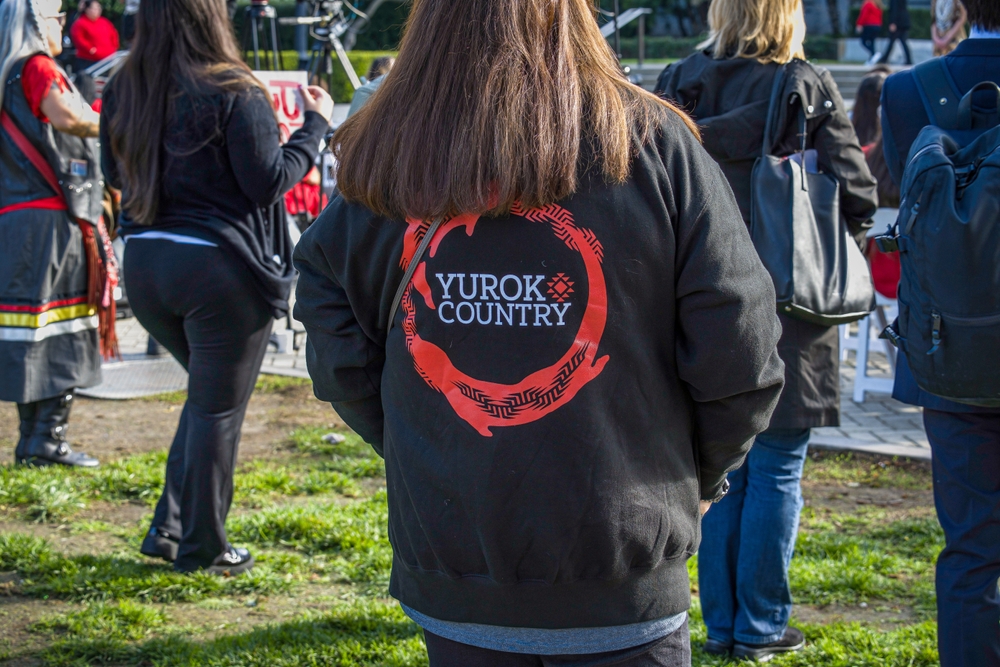
The return of the land marks the beginning of a long journey. The Yurok will continue restoring forests, rebuilding wildlife populations, and teaching youth through programs like the Ancestral Guard. They also plan to advocate for more land returns and expanded stewardship. Challenges remain, but the tribe’s commitment is strong. Their native territory is not only a place to protect. It is a symbol of resilience, purpose, and unity.
Reclaiming Land, Culture, and Future
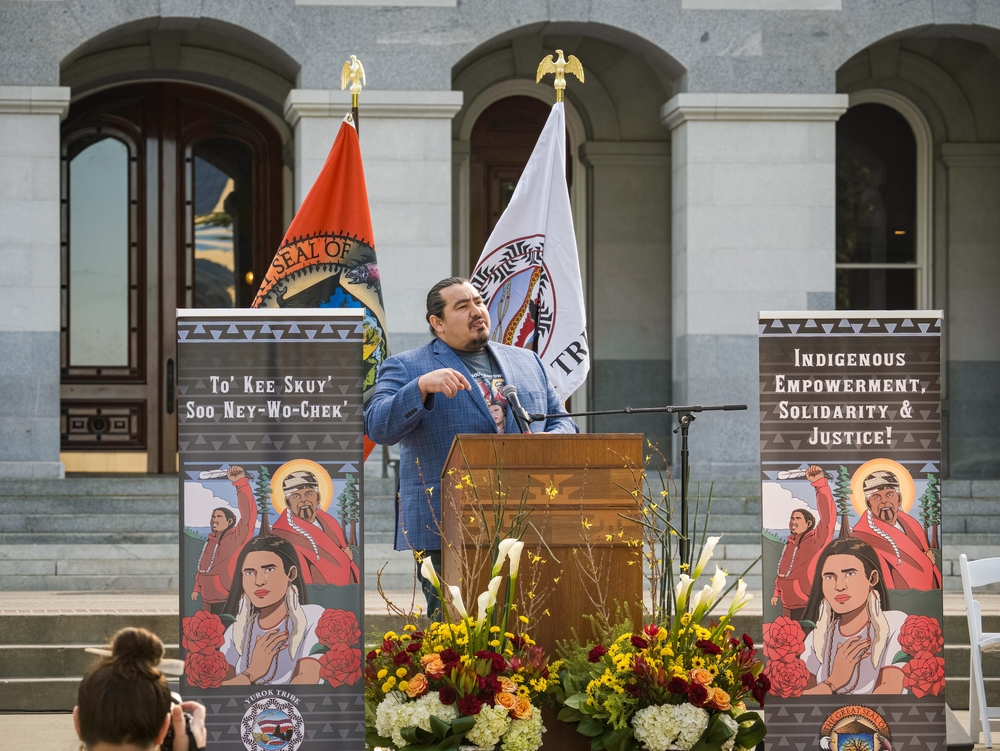
This land return is more than a historic milestone. It is a spiritual and ecological rebirth. The Yurok Tribe has reclaimed their ancestral land, their traditions, and their future. They are building a new path guided by ancient wisdom, strong leadership, and deep connection to place. Their journey shows that land can be lost, but it can also be returned. And when it is, so much more is restored.
Editor’s Note: Stock Images used are for representational purposes only.
Read More: Aboriginal Man Traveled 2,000 Miles To Attend His Granddaughter’s Graduation
